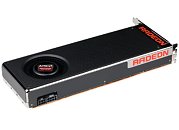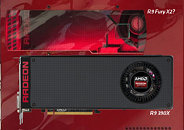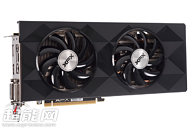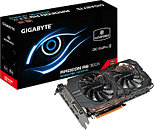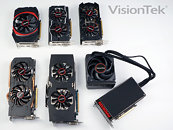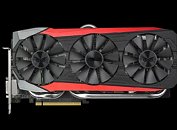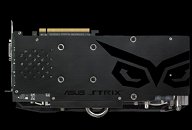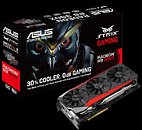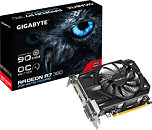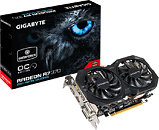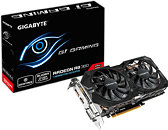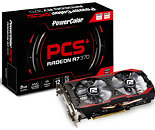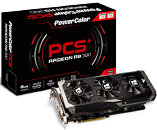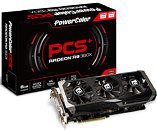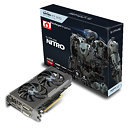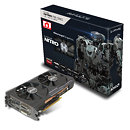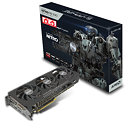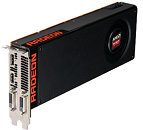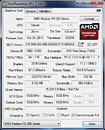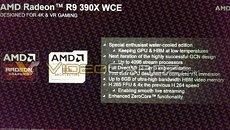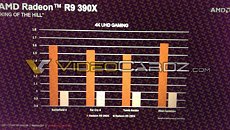
AMD Releases Radeon Software Adrenalin 18.9.1 Drivers
AMD today released Radeon Software Adrenalin 18.9.1 beta. The drivers introduce optimization of "Shadow of the Tomb Raider" and "Star Control: Origins." A number of issues are also addressed with this release. To begin with, a bug that prevented FreeSync from enabling in "Monster Hunter: World" has been fixed. Radeon Link not connecting to devices running Android 9 Pie has been fixed. Radeon ReLive not properly recording DirectX 12 games on R9 290 and R9 390 series GPUs has been fixed. A cursor lag noticed on multi-display systems with one of the monitors turned off has been fixed. The Radeon Settings context-menu item not appearing after driver installation has been fixed. Grab the drivers from the link below.
DOWNLOAD: AMD Radeon Software Adrenalin 18.9.1The change-log follows.
DOWNLOAD: AMD Radeon Software Adrenalin 18.9.1The change-log follows.


